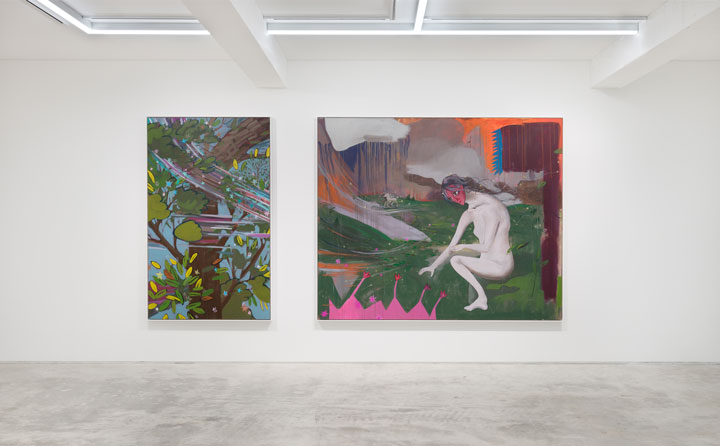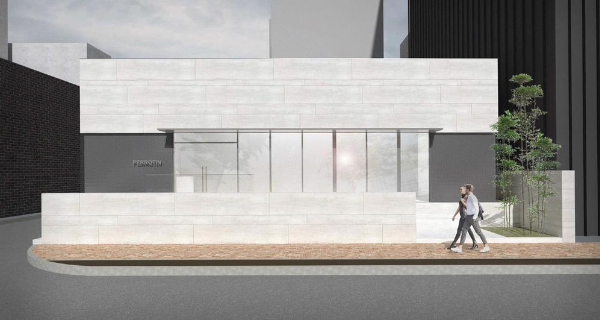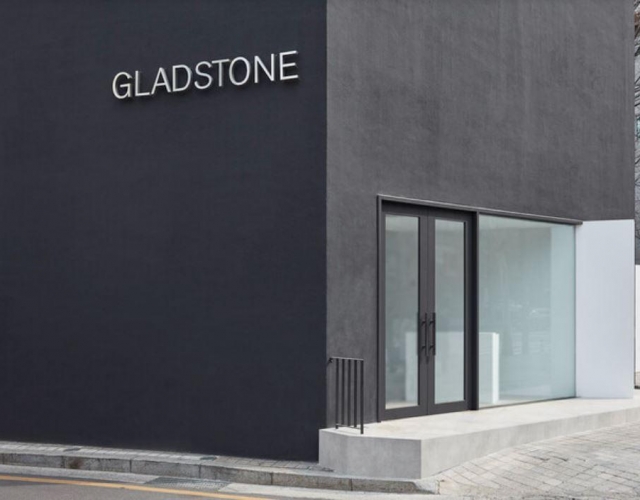In 2021, the Korean art market reached about 922.3 billion KRW (approximately $770.5 million) in sales, which is more than double the amounts of 329.1 billion KRW in 2020 and 381.2 billion KRW in 2019, according to the Korean Art Market Settlement Conference held by the Korea Arts Management Service (KAMS).
There was a precedent for a sudden spurt of growth in the Korean art market. In 2007, the art market soared to reach around 600 billion KRW ($500 million) within three years. But the sales volume started to drop the following year.
For this reason, some show concerns about this recent boom and give extra attention to this year’s art market.

Exhibition view of "Zhao Zhao Solo Exhibition : Parallel Affinity" at Tang Contemporary Art, Seoul. ©Tang Contemporary Art.
Nevertheless, industry observers expect that this fast growth will not be a passing phase like that of the 2000s. The Asian market, with a strong focus on East Asian regions, has become a powerful buying area, attracting the international art world to South Korea.
Along with the globally renowned Frieze’s entry to the country, a number of leading international galleries have set foot in Korea over the past two years with positive prospects.
In the first half of this year, China’s Tang Contemporary Art, New York’s Gladstone Gallery, and Berlin’s Perez Projects will open a branch in Seoul.

Exhibition view of "Zhao Zhao Solo Exhibition : Parallel Affinity" at Tang Contemporary Art, Seoul. ©Tang Contemporary Art.
Tang Contemporary Art, one of the largest contemporary art galleries in Asia, opened a new outpost in Seoul’s affluent neighborhood of Cheongdam-dong. The gallery occupies a floor in the former building of SongEun Art Space, which is a transformable 495 square meter space.
First opening in Bangkok in 1997, Tang Contemporary Art now runs five locations: two gallery spaces in Beijing (opened in 2006), one in Hong Kong (opened in 2015), the one in Bangkok, and the recently opened Seoul gallery. Through various curatorial projects, exhibitions programs, and institutional collaborations, the gallery has been introducing Chinese and Southeast Asian contemporary artists to a wider international audience.
Including international artists, the gallery represents some of the most important Asian contemporary artists and artists of Asian descent, such as Ai Weiwei (b. 1957), Argentina-born Thai artist Rirkrit Tiravanija (b. 1961), and the Beijing-based duo Sun Yuan (b. 1972) and Peng Yu (b. 1974).
The inaugural Seoul exhibition, which will run through April 16, is a solo show of the gallery’s representative artist – Chinese-born, Los Angeles-based Zhao Zhao (b. 1982), who is known for his provocative, anti-authoritarian works.

Gladstone Gallery, Seoul. © 2022 Gladstone Gallery.
Another international gallery will be opening in Cheongdam-dong late this month. Gladstone Gallery, with four locations in New York and Brussels and a branch in L.A., will be extending its reach in Asia with its Seoul outlet.
Founded in 1980, Gladstone represents a number of leading artists and estates, including Swiss-born artist Ugo Rondinone (b. 1964), American figurative artist Alex Katz (b. 1927), and American artist Ian Cheng (b. 1984).
Gladstone is also known for staging the first New York solo show of American filmmaker and sculptor Matthew Barney (b. 1967) in 1991. Barney won the Europa 2000 Prize at the 45th Venice Biennale in 1993 and the first Hugo Boss Prize from the Guggenheim Museum in 1996.
For its inaugural exhibition, Gladstone Gallery will feature the works of the contemporary French artist Philippe Parreno (b. 1964), whose work expands ideas of time and deals with various modes of expression through site-specific installations, films, performances, drawings, and texts. The next exhibition will be Hugo Boss Prize winner and Korean American conceptual artist Anicka Yi’s (b.1971) first solo exhibition in the country.

Exhibition view of Ajarb Bernard Ategwa's solo exhibition "Studio Ekwe's", 2020. Peres Projects, Berlin. © Peres Projects.
Berlin-based Peres Projects will be opening a showroom in early April at Hotel Shilla, a luxury hotel in Jangchung-dong, Seoul.
Founded in 2002, the art gallery focuses on introducing a wide range of contemporary artists through their spaces in Berlin, Milan, and now Seoul. The gallery represents more than twenty international artists, including Donna Huanca (b. 1980), Shuang Li (b. 1990), Dorothy Iannone (b. 1933).
The first exhibition in Seoul is Spring, a group show of eight artists, including Bolivian American interdisciplinary artist Donna Huanca.

Seoul, Korea. Photo by yongzheng xu on Unsplash.
There are also many galleries that have already expanded their presence in Seoul.
Lehmann Maupin, which opened a Seoul branch in 2017, will soon be opening a larger venue from Anguk-dong to Hannam-dong this spring. The mega-gallery Pace expanded its Seoul gallery in May 2021, occupying two floors of Le Beige Building in Hannam-dong.
In April 2021, Berlin’s König Galerie opened a Seoul branch on the fifth floor and rooftop terrace of MCM HAUS in Cheongdam-dong, Seoul. Austria-based Thaddaeus Ropac opened a Seoul venue in Hannam-dong in October 2021.

























